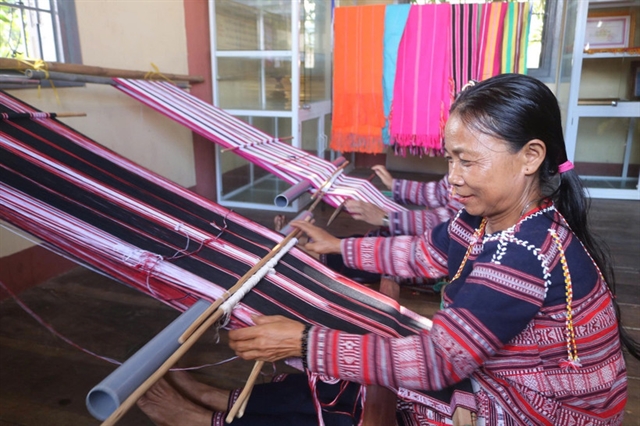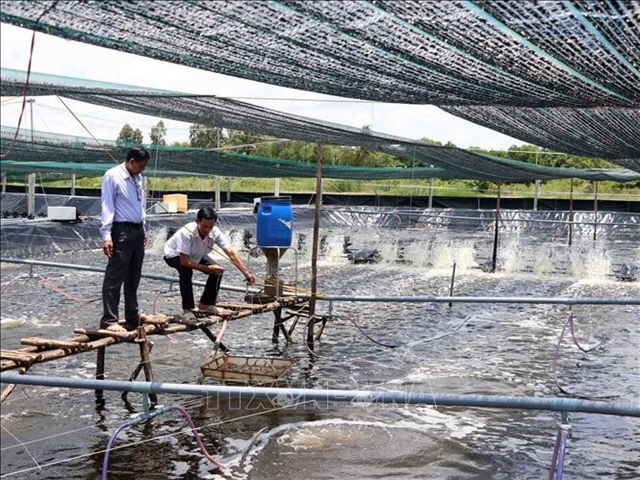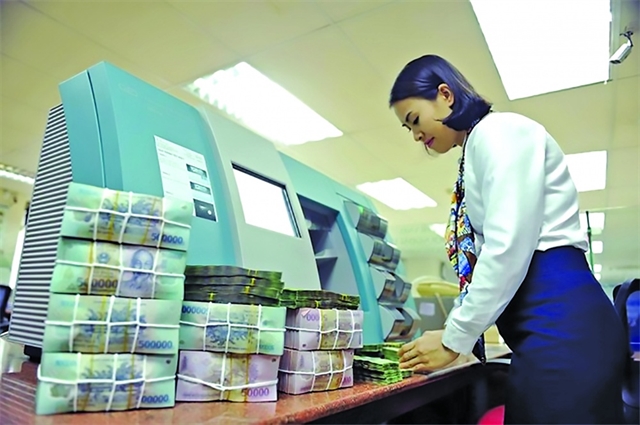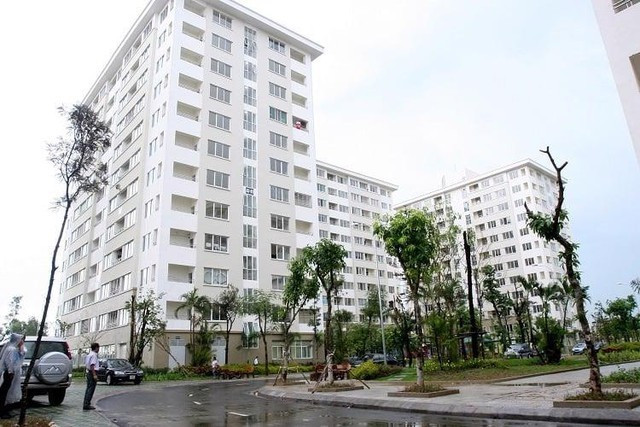 Society
Society

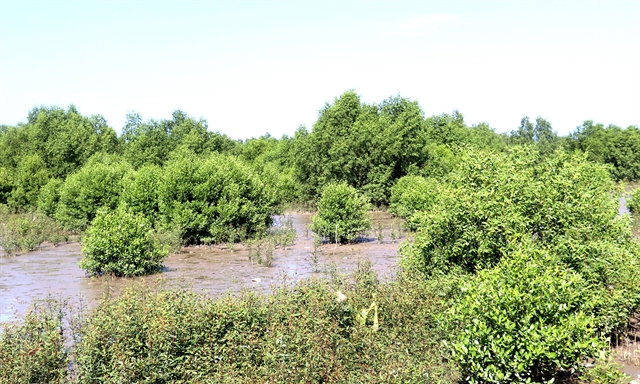 |
| Mangrove forests in Kiên Giang Province’s An Biên District. – VNA/VNS Photo Lê Huy Hải |
HCM CITY – Authorities in the Cửu Long (Mekong) Delta are implementing various programmes to grow mangrove forests to protect coastal areas and improve the incomes of local people.
The delta, which comprises 12 provinces and Cần Thơ City, has the largest area under mangrove in Việt Nam, but these forests have been impacted by climate change and human activities, and are shrinking in size.
The southernmost province of Cà Mau has the longest coastline among the delta’s localities but is severely affected by erosion, which causes significant damage to its mangrove forests.
Over the past 10 years the province has lost 5,200 ha of mangrove, while 190km of its 254km coastline is suffering from erosion, according to the province’s Forest Protection Sub-department.
Cà Mau has implemented numerous projects and programmes to grow, restore and protect mangrove forests.
One such project is the “Mangrove and Climate Protection Combined with Income Generation for Vulnerable Communities” (VM069), which began in April 2021.
Funded by Bread for the World and the Cà Mau People’s Committee, the project is budgeted to cost €940,000 (US$980,000). It has been implemented in Ngọc Hiển District’s Đất Mũi Commune and Năm Căn District’s Tam Giang Đông Commune.
The project has yielded positive results, such as establishing hamlet-level forest self-management groups with a total of 368 members, providing local residents with training in forest cultivation and protection methods and supporting the planting of 10ha of new forests as well as new trees in 30ha of existing forests.
Last year the province launched several programmes to grow and restore mangrove forests, including one to plant 250,000 trees in Trần Văn Thời District’s Trần Hợi Commune and the “Forests for Children” project in Năm Căn District.
On January 16 the Sóc Trăng Province Department of Agriculture and Rural Development held a conference to launch a project aimed at increasing the coastal resilience of the Mekong Delta through mangrove forest restoration and nature-based solutions in Sóc Trăng.
The project costs $497,088 and is funded by the Coca-Cola Foundation through the International Union for Conservation of Nature.
It is being implemented in Sóc Trăng and neighbouring Bạc Liêu Province until the end of next year.
In Sóc Trăng, the project covers Vĩnh Châu Town and Cù Lao Dung District.
According to Đỗ Văn Thừa, deputy head of the Sóc Trăng Irrigation Sub-department, the project seeks to restore mangrove forests within the East Sea dyke system and promote shrimp farming using recirculating aquaculture systems (RAS) alongside developing aquaculture in mangrove areas.
The project will provide financial support to 22 households to purchase RAS equipment and mangrove seedlings, restore nine hectares of mangrove forests within the dyke and offer technical assistance as well as nature-based solutions to local people.
In Bến Tre Province, authorities are prioritising the protection and expansion of mangrove forests to reduce the impacts of natural disasters on the safety and property of local people.
Since 2020 the province has planted 205ha of new forests and regenerated 82ha of natural forests. It aims to increase its forest cover to 2 per cent this year and to 2.1 per cent by 2030.
Forest-aquaculture farming
The delta’s coastal provinces have allocated mangrove forests to local households for protection and sustainable use.
These households are encouraged to breed aquatic species in mangrove forests to increase their incomes. This forest-aquaculture farming model is sustainable, producing clean products while being environmentally friendly.
In Trà Vinh Province, farmers are practising this model on 5,750ha in coastal areas, according to the Department of Agriculture and Rural Development.
On average, they earned a profit of VNĐ150 million ($5,900) per hectare last year.
Huỳnh Văn Tài, a farmer in Duyên Hải District’s Long Vĩnh Commune, has been practising this model for six years on four hectares of forest land.
He uses 60 per cent of the area for breeding shrimp, mud crabs and other aquatic species, and the rest for growing trees.
He said he only needs to spend on buying brood stock since the aquatic creatures mostly consume natural foods found in the forests.
This farming method earns him an average annual income of VNĐ350 million ($13,800), he said.
Many forest-aquaculture areas in the delta use ecological farming methods to raise shrimp and other aquatic species.
Hứa Văn Thòn, the owner of a three-hectare ecological forest-shrimp farming area in Cà Mau Province's Ngọc Hiển District, said: “This farming method generates 10–30 per cent more profit than traditional farming methods. It is completely safe and requires almost no machinery or heavy labour while also providing a stable income.”
Phan Hoàng Vũ, director of the Cà Mau Province Department of Agriculture and Rural Development, said farmers who breed shrimp in mangrove forests in Năm Căn and Ngọc Hiển districts earn an average income of VNĐ80 million ($3,200) per hectare per year.
The ecological shrimp farming model has demonstrated its ability to achieve a balance between economic development and environmental protection, he said.
Farmers are required to grow and maintain forests, sustainably exploit resources, and ensure the proportion of forest cover in forest-aquaculture farming areas conforms to regulations, he said.
This model increases the forest cover, protects land, prevents erosion, and strengthens resilience against the impacts of climate change, he added. – VNS

